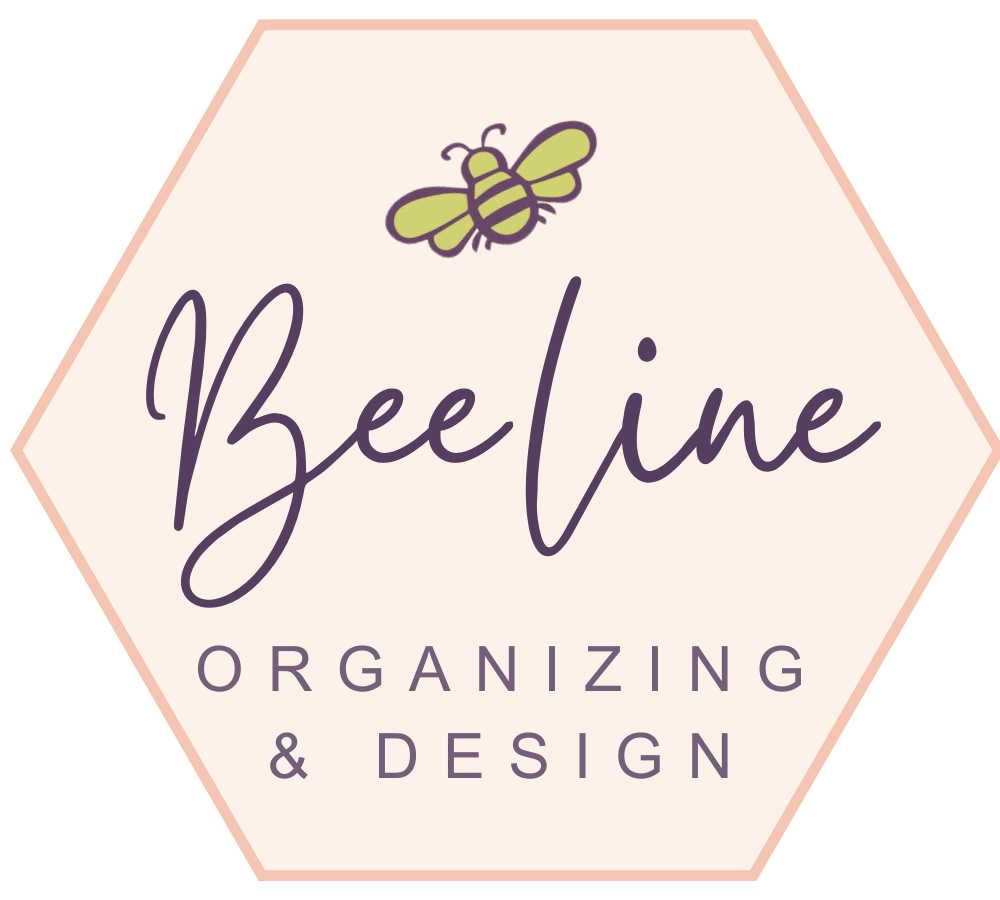What is the 20 Toy Rule?
In recent years, many parents have sought ways to reduce clutter and create a more peaceful, manageable home environment. One concept gaining traction is the 20 toy rule, which encourages limiting the number of toys children have to foster creativity and reduce household stress. This approach aligns perfectly with the trend toward minimal toys for kids for less stress, emphasizing quality over quantity and encouraging thoughtful play.
Understanding the 20 Toy Rule
The 20 toy rule is a straightforward guideline suggesting that children should ideally have only 20 toys at a time. The idea is not to count every single item but to keep the number of toys manageable, allowing kids to focus on their play without overwhelming choices. This rule encourages parents to be more selective in the toys they offer, choosing ones that stimulate imagination, development, and learning.
Too many toys can lead to overstimulation, distraction, and frustration—for both kids and parents. When children are surrounded by excessive toys, playtime tends to become disorganized, and kids may lose interest quickly since there are too many options to choose from. By limiting toys to a modest number, children can engage more deeply with each item, fostering creativity and problem-solving.
Benefits of Minimal Toys for Kids for Less Stress
1. Enhanced Creativity and Imaginative Play
When kids have fewer toys, they are pushed to think outside the box. Limited resources challenge children to invent new ways to play and interact with their toys, encouraging imaginative play. For example, a set of building blocks can become anything from a castle to a spaceship, depending on the child’s imagination.
2. Easier Toy Management for Parents
Fewer toys mean less clutter and easier cleanup. Parents often find stress when toy storage becomes unmanageable. Following the 20 toy rule helps keep rooms tidy and reduces the constant need to organize and replace lost toys. The home environment becomes a calmer space for everyone when toys don’t overwhelm the living area.
3. Slow Down Overconsumption and Waste
Modern families are bombarded with constant marketing for new toys, which can foster overconsumption. Sticking to a limit like 20 toys encourages more thoughtful purchasing, reducing waste and clutter. This minimalism instils values of appreciation and care in children, as they learn to value what they have rather than always seeking the next new thing.
How to Implement the 20 Toy Rule at Home
Step 1: Take Inventory
Begin by gathering all the toys and sorting them. Involve your child if possible, discussing which toys are most loved and which ones have been forgotten. This process alone can be revealing and help set the tone for decisions.
Step 2: Select the Core Toys
Pick the 20 toys that offer the best variety of play and learning opportunities. Aim for toys that promote creativity, physical activities, and cognitive development. Examples include building blocks, dolls or action figures, puzzles, art supplies, and a few outdoor play items.
Step 3: Rotate and Store the Rest
For toys not included in the core 20, consider storing them out of sight and rotating them in and out every few weeks. This switch keeps play fresh without creating excess clutter.
Step 4: Encourage Shared and Open-Ended Play
To maximize the benefits of fewer toys, encourage your child to use them in open-ended ways and to play socially with siblings or friends. This supports emotional and social development alongside creativity.
Overcoming Challenges with the 20 Toy Rule
Implementing the minimal toys philosophy can be challenging, especially when family members gift new toys frequently or children resist letting go of possessions. Communication is key: explain the benefits calmly and involve your child as much as possible in the process.
Parents can also educate relatives about the 20 toy rule to help manage gifts during birthdays and holidays. Consider suggesting non-toy gifts, such as books, experiences, or art supplies to complement the minimal toy environment.
Final Thoughts
The 20 toy rule offers a refreshing approach to parenting in an age of abundant consumer choices. By embracing minimal toys for kids for less stress, families can simplify their lives, nurture creativity in their children, and foster a calm, organized home environment.
Reducing the number of toys doesn’t mean limiting fun or development; instead, it encourages children to engage more meaningfully with their playthings and the world around them. For parents tired of clutter and chaos, the 20 toy rule provides a practical, achievable method to restore balance and joy to family life.
Contact Beeline Organizing today and let us help you reduce the clutter and stress in your home!

